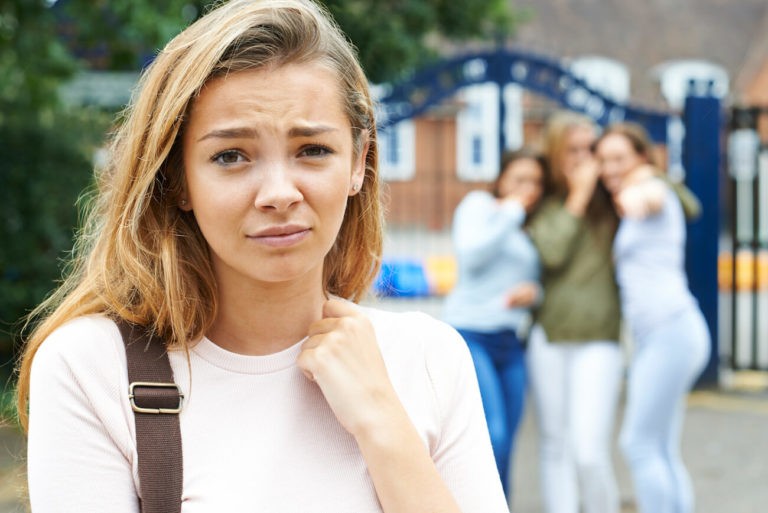What is Peer Pressure?
Some may believe that peer pressure is a rite of passage in life. However, there can be very dire consequences when peer pressure makes a child do something that he/she did not want to do. Peer pressure is any influence from others on your behavior or how you act. Peer pressure can change a student’s values, attitudes, and behavior. This happens when a child does what his/her peers are doing to fit in or to be a considered a “member” of that group. Peer pressure can happen in a classroom, on the playground, or out in the community. We need to teach children strategies to combat peer pressure that can have negative consequences.
Are There Different Type of Peer Pressure?
The easy answer to that question is yes. There are different types of peer pressure. Peer pressure is not always negative. There are many instances when peer pressure can be positive and influence a student to do great things that better his/her life. Positive peer pressure encourages behaviors that help a student to grow.
An example of positive peer pressure is when a student sees his/her friends get good grades and wants to do the same. Another could be when friends are volunteering in the community, and a student decides to join them. Even something as simple as seeing a group of friends following the rules and respecting others can influence or encourage a child to do the same.
Negative peer pressure is what we hear about the most – especially when thinking about school and children. Feeling like you belong to a group is very important for students especially in middle and high school. Hence, teachers should be in tuned to any negative peer pressure that they witness in their classes and school and discourage it as quickly as possible.
Some common examples of negative peer pressure include cheating on tests or homework. A child might have a peer continuously ask to copy his/her homework and may feel pressured if the other student says he won’t be his friend anymore if he does not let him copy. Another more detrimental example of peer pressure deals with alcohol or drugs. If all of your friends start smoking, a student might feel that he has to do it in order to stay part of the group. A kind student may even start teasing or bullying another student just because his/her friends are doing it. This often happens because they do not want to be the target of the bullying.
Negative peer pressure can lead to a drop in self-esteem, lower academics, and even shame. Shame comes when a person does something that he/she would not ordinarily do just to fit in. The action does not align with the person’s values, but he did it anyway just to be part of the group.
How to Monitor Peer Pressure in Your Class
Positive peer pressure should be encouraged in the classroom. There are strategies that a teacher can use to get her students to recognize and thrive from positive peer pressure. A kindness jar is a quick and easy way to continuously recognize good behavior. When a teacher or student sees another student doing something kind, they write the person’s name down and what he/she did and put it in the jar. Then, the teacher reads the notes at the end of the week to the whole class and gives some sort of reward to those children.
School-wide positive behavior programs have also been proven to increase positive behaviors in a school. When children are taught specific behaviors that are positive and then are rewarded in some way, they will often “pressure” each other to act in those ways. Teachers want to show how students can feel proud of making the right choices and encouraging their friends to do the same.
On the other hand, it is extremely important for teachers to reduce, eliminate, and discourage negative peer pressure in the class, in the school, and in the community. Students need to be taught explicitly what negative peer pressure is and be given examples. Sometimes, they may not even understand or recognize what negative peer pressure is. By showing our students, they will be ready to react and not succumb to it.
When we give our students examples of peer pressure, we should identify the problem, possible consequences, and actions that can be taken. We can talk about alternative actions to negative peer pressure. These tools and strategies will help all students to get them out of situations that could have bad consequences.
When teachers see repeated negative peer pressure, they can speak to the class as a whole group. They can then reach out to the affected students one-on-one. They even can ask the principal and other teachers to get involved in stopping the negative behavior. Knowing that negative peer pressure can really impact a student’s life makes addressing issues like these vitally important.




